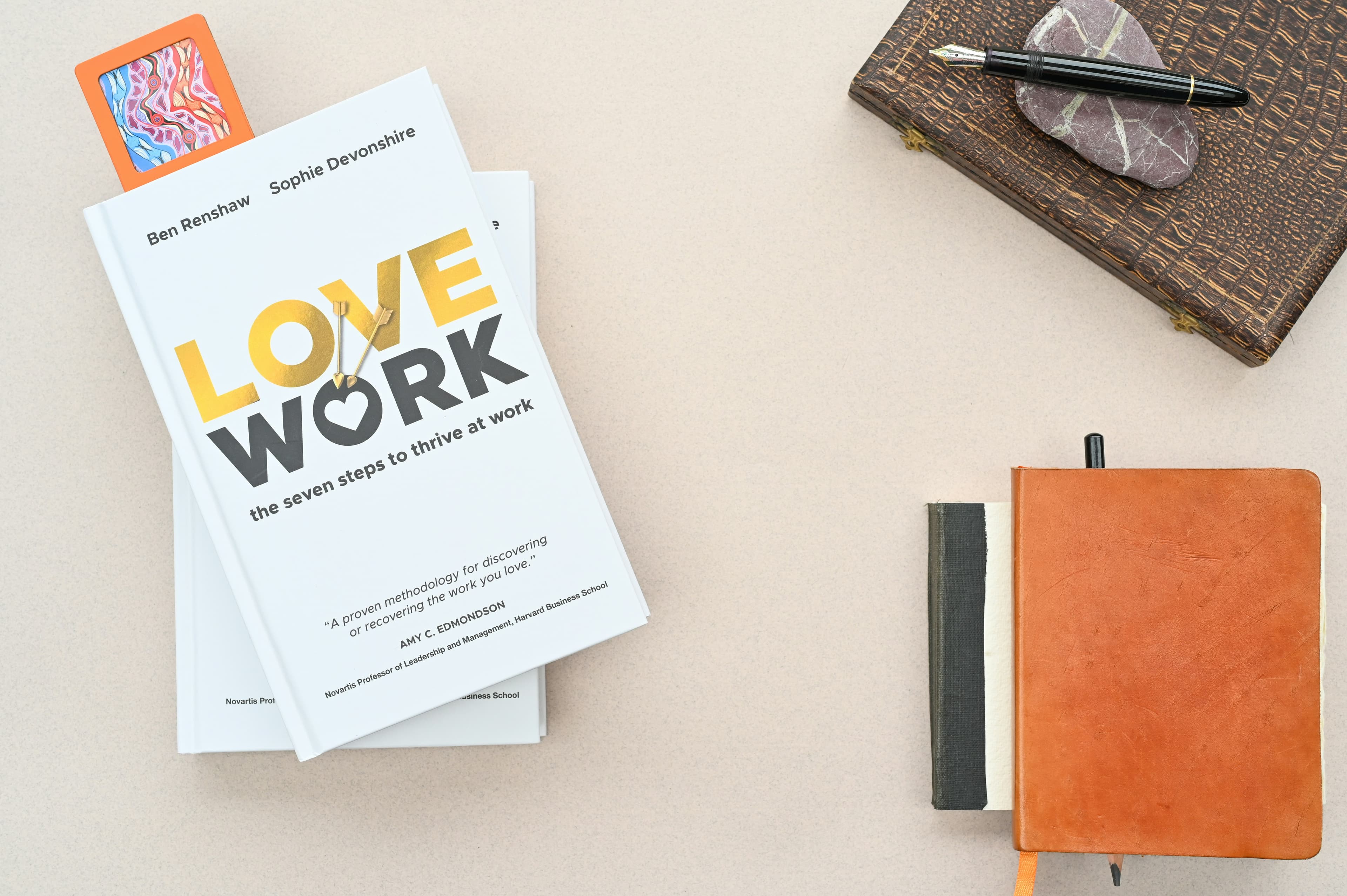Closing Your First Freelance Deal Without Feeling Salesy

You’ve landed an interested customer. They liked your proposal enough to schedule a second meeting, and now it’s time to close the deal. But before you walk into that room, there’s a little more homework to do.
The Pre-Meeting Game Plan
Your first step is to dive deeper into your client's world. Research their company and the industry they operate in to understand the other challenges they’re up against. If you can show how your work helps solve some of their bigger-picture problems, your credibility shoots up, and you might even open doors to more projects. This is a key part of effectively.
Next, you’ll need to prep a more detailed pitch. This time, it will be a longer presentation that walks them through your proposal and leaves plenty of time for questions. As always, rehearse it. Make sure all your tech is charged, you have the right cables, and everything is ready to go. While you prep, keep an eye out for potential red flags. The more pitfalls you can spot ahead of time, the better you can frame your pitch to address them before they become issues.
Be ready to negotiate. This is all about understanding the dynamic between you and the client, knowing your value, and being able to communicate it clearly. You want clients to value what you bring to the table—not just how much you charge, but the actual impact you have on their business. Knowing your worth in the market and for this specific project gives you your negotiating room. As a buyer myself, I appreciate when a freelancer’s price makes me think, “Okay, a deal can be made, but we need to talk about this number.” If I immediately accept your first quote, you probably could have charged more.
Before the meeting, decide on your “walk-away” price. At what point is the work no longer worth it for you? Just as the client knows what you're worth to them, you need to know what this project is worth to you. Always leave yourself a little wiggle room in any price discussion.
Reading the Room in the Second Meeting
This meeting will tell you everything you need to know about how serious the client is. After you’ve given your pitch and answered their questions, it's time to qualify them. You need to be sure they meet three key criteria:
- They genuinely need your services.
- They have a budget set aside for it.
- They are ready to get started now.
If they check all three boxes, your goal should be to close the sale right then and there. Pay close attention, listen carefully, and look for buying signals. When you see them, it’s your chance to seal the deal.
Different Ways to Get to 'Yes'
There are a few classic techniques for closing a sale. The mantra is “Always Be Closing,” and here are four ways to do it.
You’ve seen this before: “buy now while supplies last” or the extended warranty pitch when you buy a new laptop. The salesperson creates a fear of a future problem to get you to spend more now. The issue with this approach in a is that it can feel manipulative and doesn’t build a healthy long-term relationship. You might hint that your schedule is filling up, but it’s best to avoid any overt fear tactics.
This is a classic move in retail. When a shoe store doesn’t have your size, they bring out two other options. The question shifts from “Do you want to buy shoes?” to “Which of these two pairs do you prefer?” You can build this into your proposals by offering a few different packages or service options. It assumes the client is moving forward; they just need to decide . It’s a powerful shift from a yes/no question to a choice between two yeses.
This is often the most effective approach for . Instead of selling your service, you sell the result. People don’t buy a drill because they want a drill; they buy it because they need holes. You take this a step further by focusing on the ultimate benefit. For example, those better, faster holes let them finally put up shelves, double their storage space, and get to the pub sooner. This method centers the conversation on the client and why you are the best person to deliver the outcome they truly want.
This one is simple but powerful. After you present your proposal, you state your price: “I can do that for $X.” And then you stop talking. Just stay silent and wait. There are only three ways they can respond. They might say yes, which is great—thank them and stop selling. They might say no, and you can ask why to understand their objection. Or they might say, “Hmm, maybe we can work something out.” That’s a buying signal. Ask what needs to happen next and follow up. You’ll get a lot of maybes, and you have to stay on top of them without being pushy.
When a Client is in a Bind
Sometimes a client needs something done yesterday. This is a “distress purchase,” like your boiler breaking on the coldest night of the year. They don’t have time to shop around; they just need a solution now and are willing to pay for it. These situations are a golden opportunity. When a company’s go-to freelancer is busy or something has gone wrong, you can step in, solve their problem, and earn incredible loyalty.
Make it Official: Get It in Writing
You got a “yes!” It’s a fantastic feeling and proof that is possible. But before you start the work, you need to get that confirmation in writing. This is a critical step for any .
You’ll likely need to get set up as a supplier in their finance system, which means filling out some paperwork. Do it promptly. The bigger the company, the more bureaucracy you can expect. Once you’re in their system, you should receive a contract or a purchase order detailing the work, deadlines, and payment schedule.
Pay close attention to the payment terms. One freelancer I knew almost went broke because a client paid nothing until 30 days a project was finished, leaving her to cover four months of living expenses. She didn’t realize she could negotiate those terms, but she did on the next project. Read every contract carefully, sign it, and return it quickly so you can get to work.
It’s All About the Promise
Winning your first client is a huge milestone, but the real value is in building a long-term relationship. When you agree to do a job, you’re making a promise. Your expertise got you in the door; your integrity will keep you there. Clients hire you because they need something done, but they also buy into as the person who can deliver. Fulfilling that promise every time is how you turn a .








